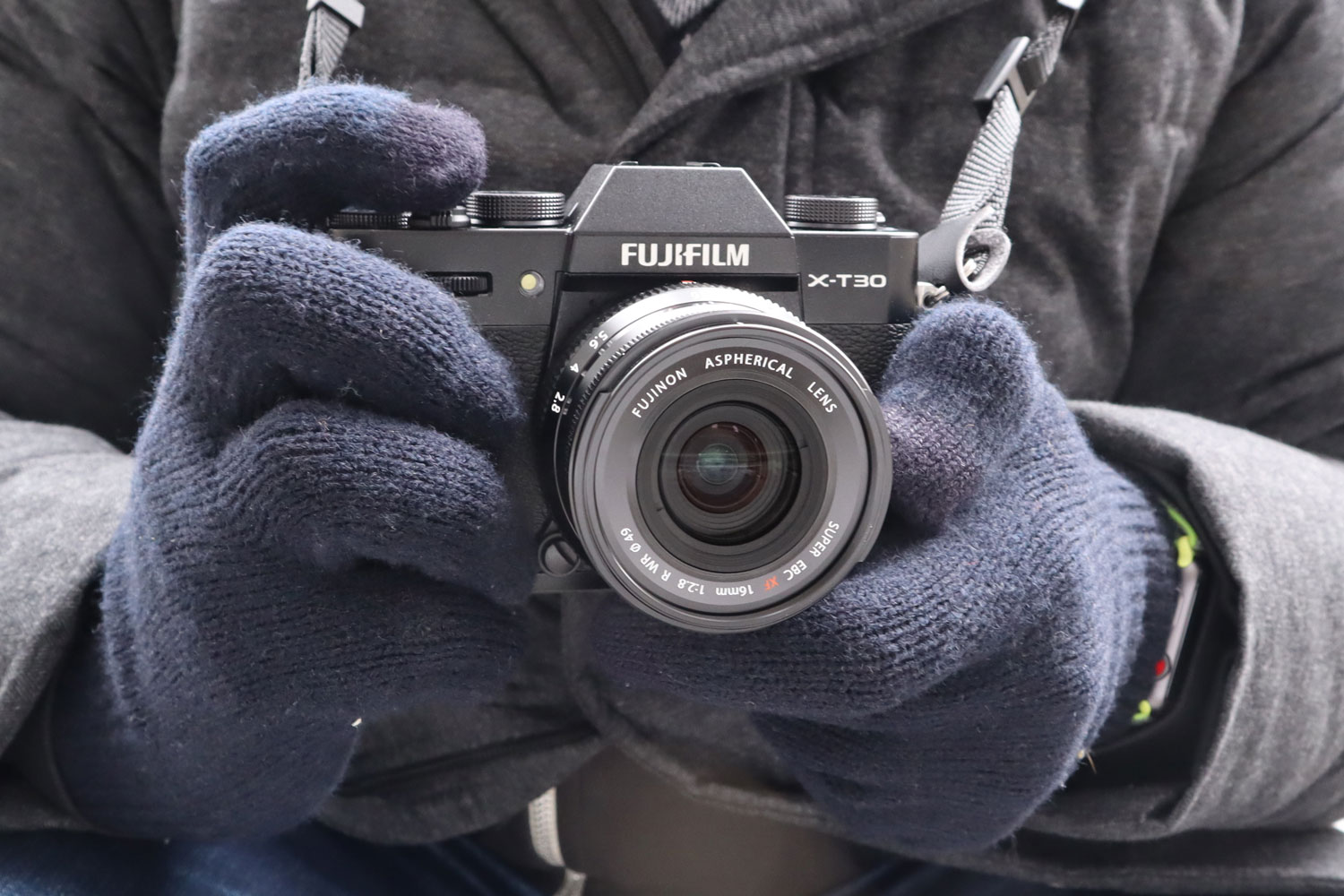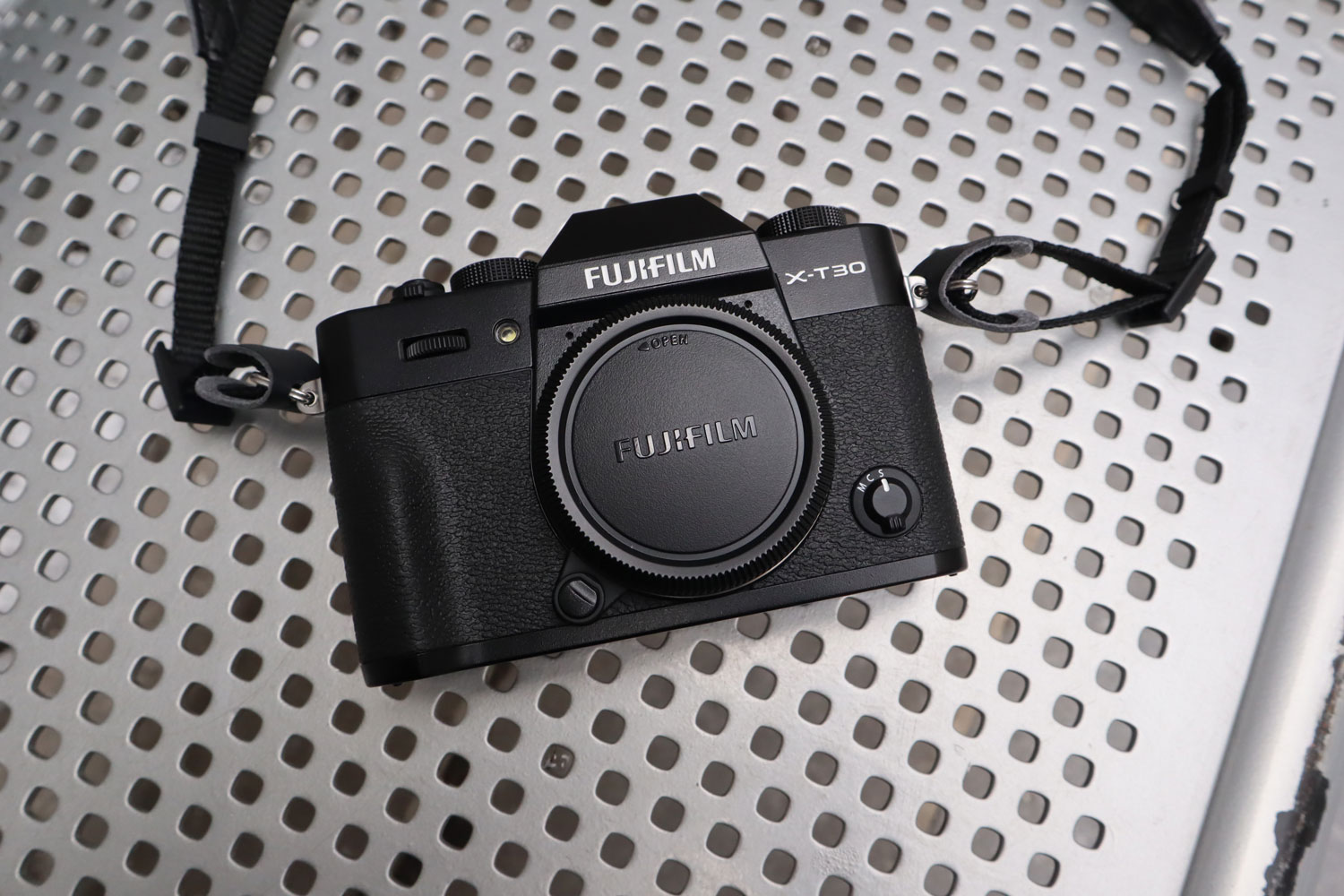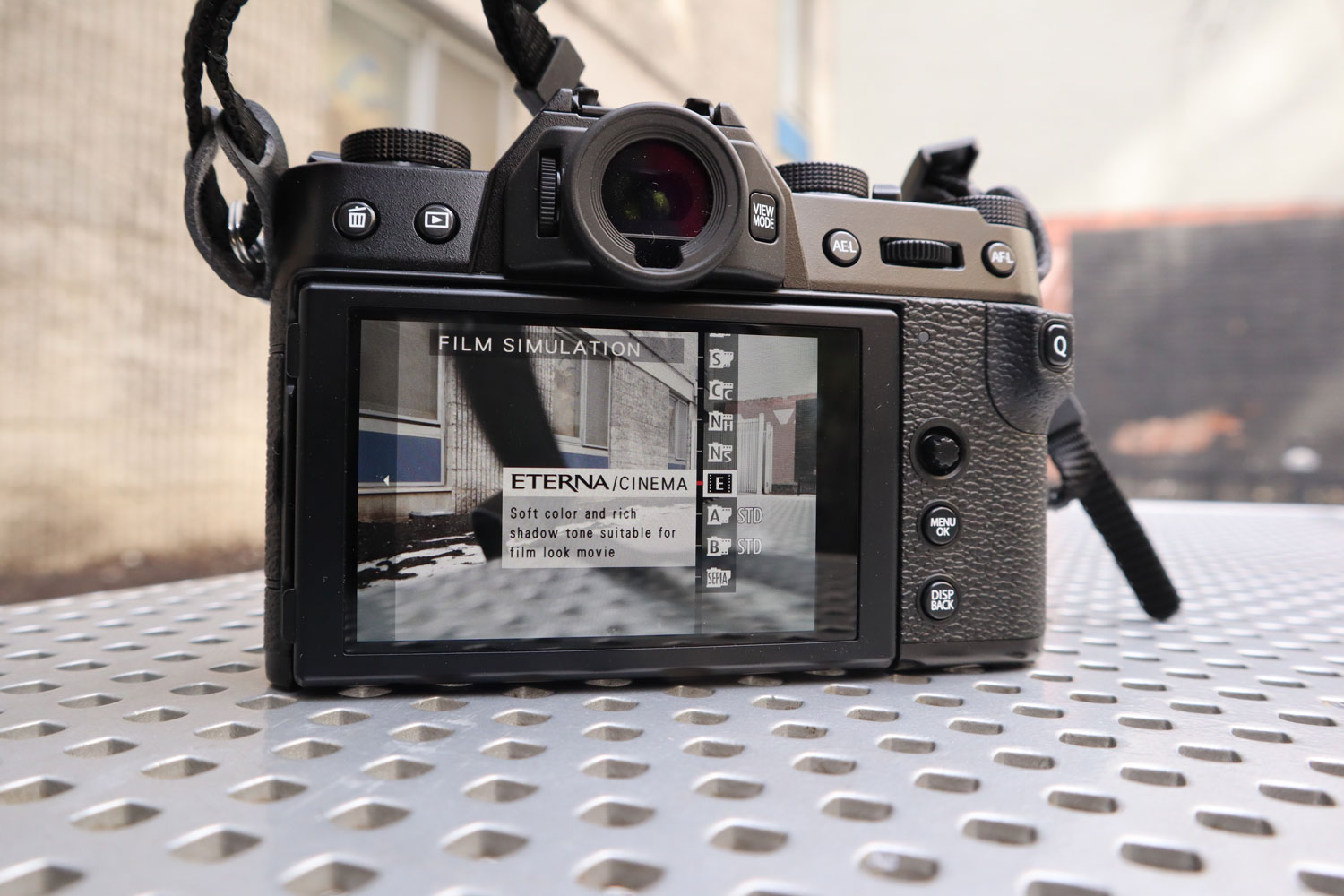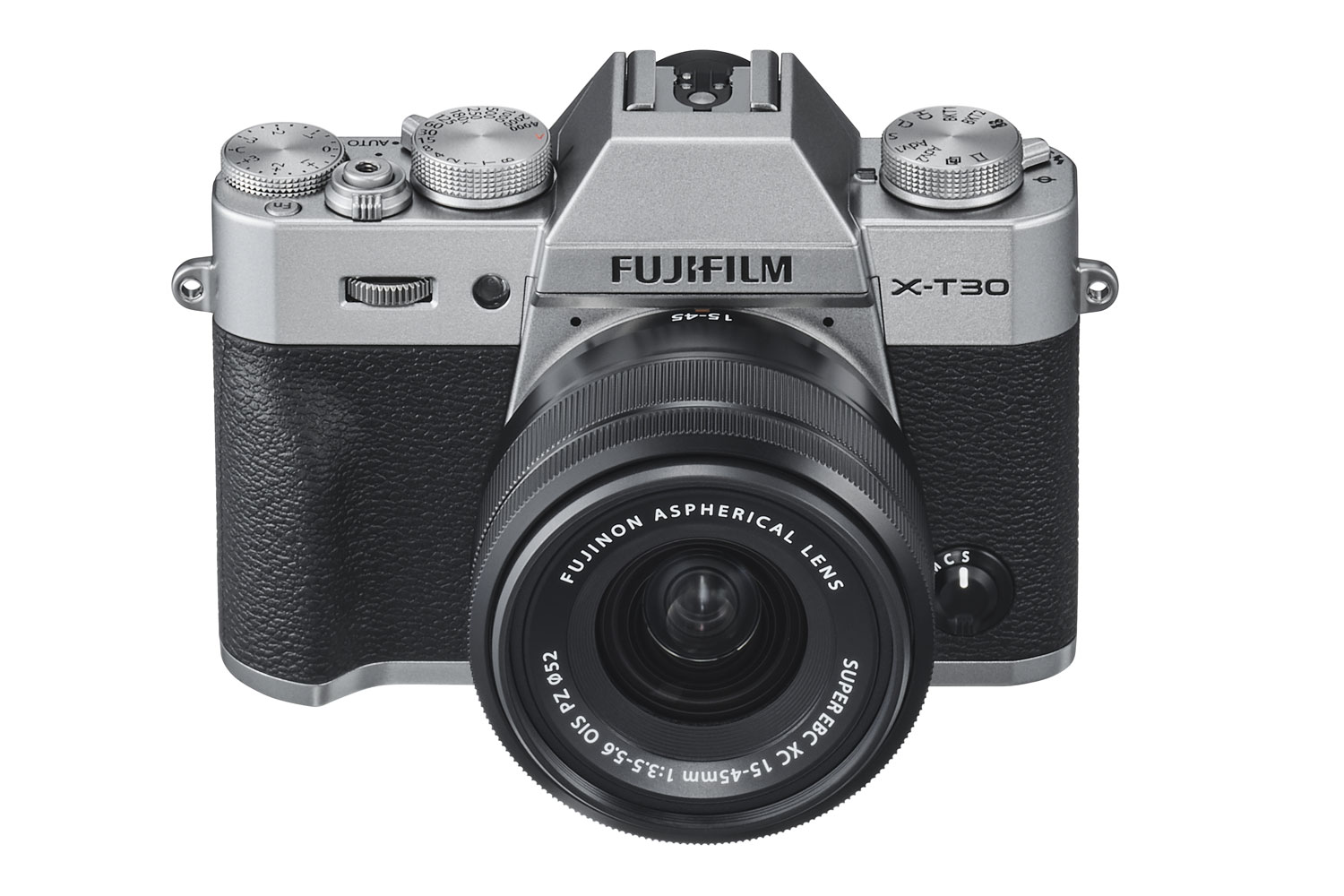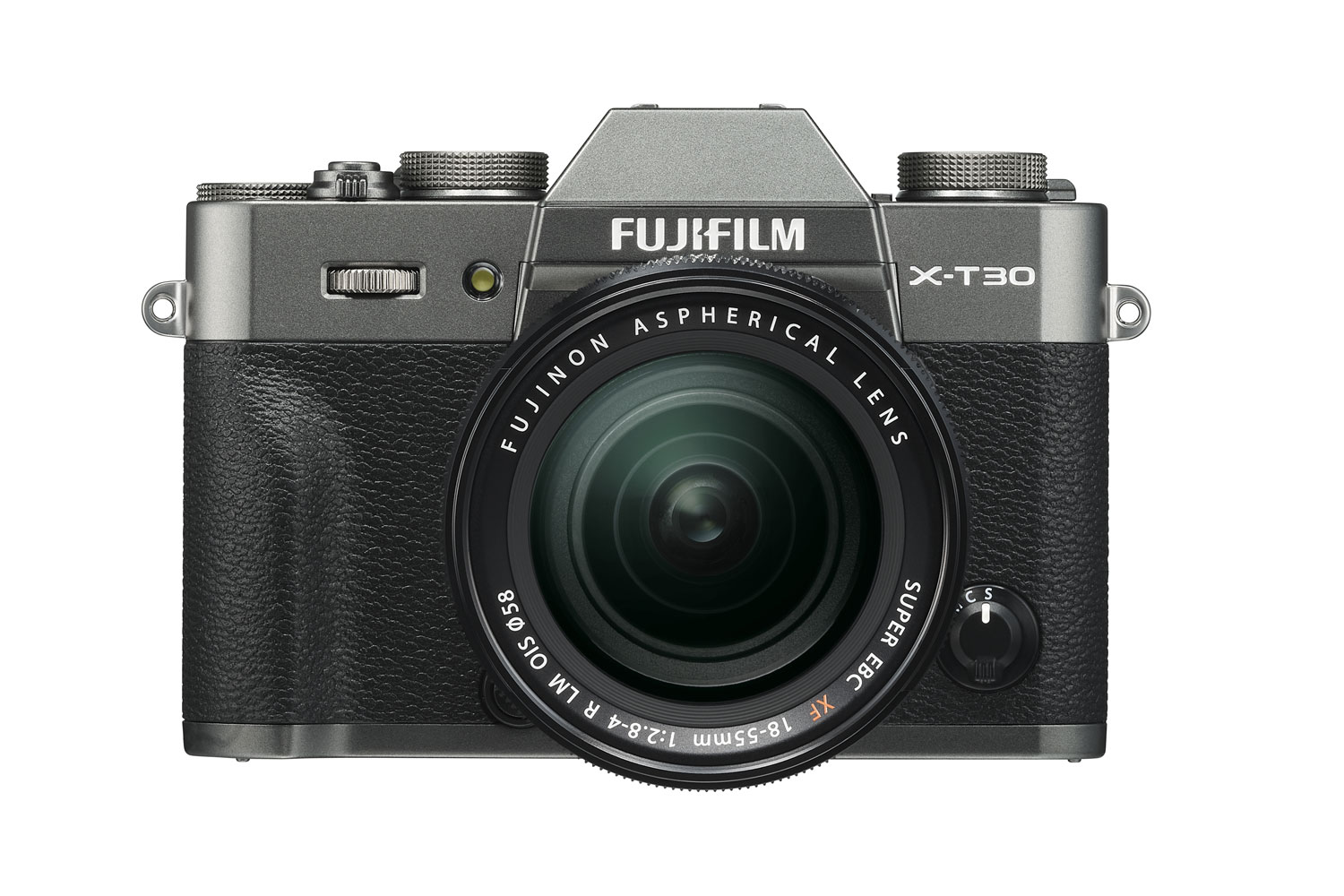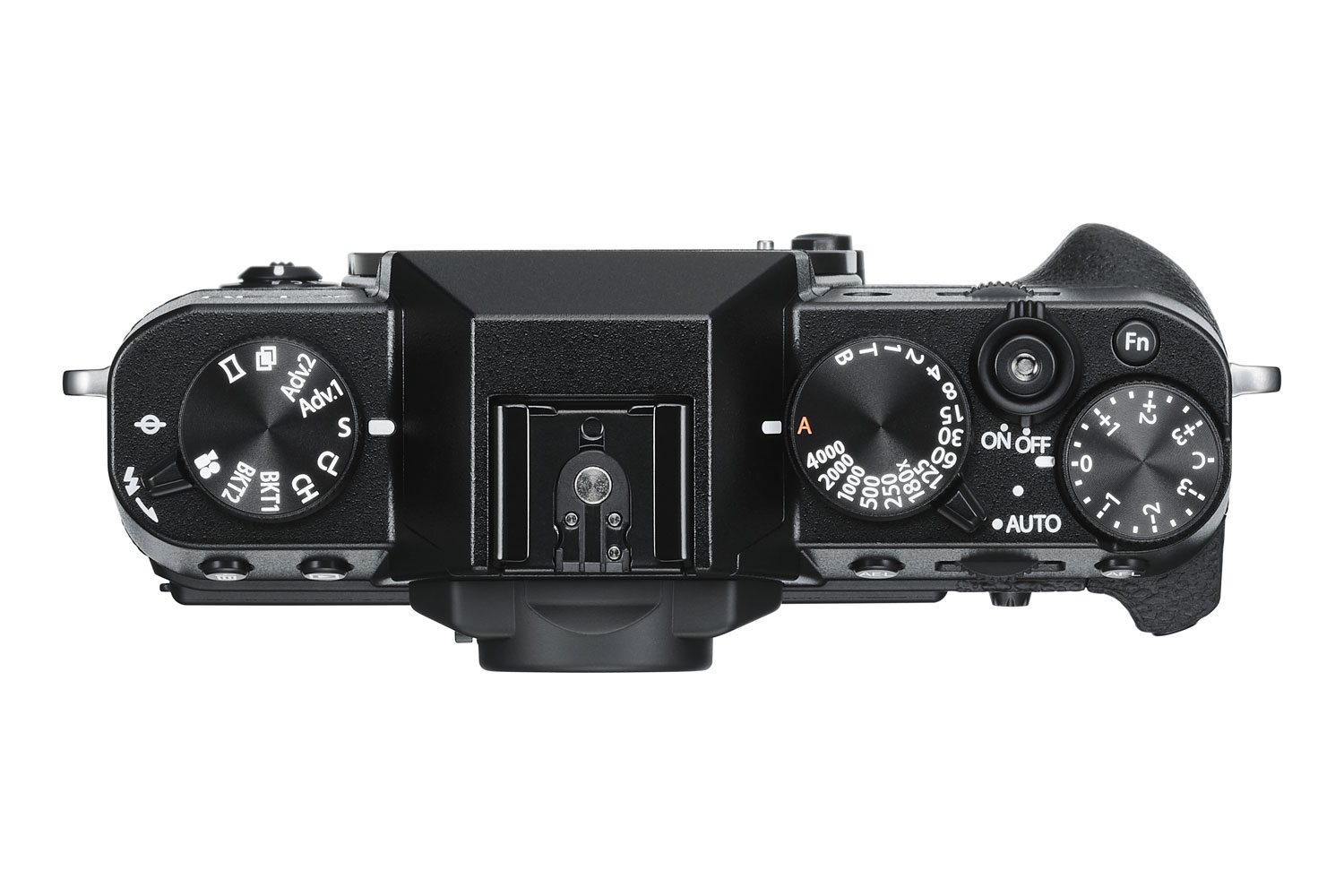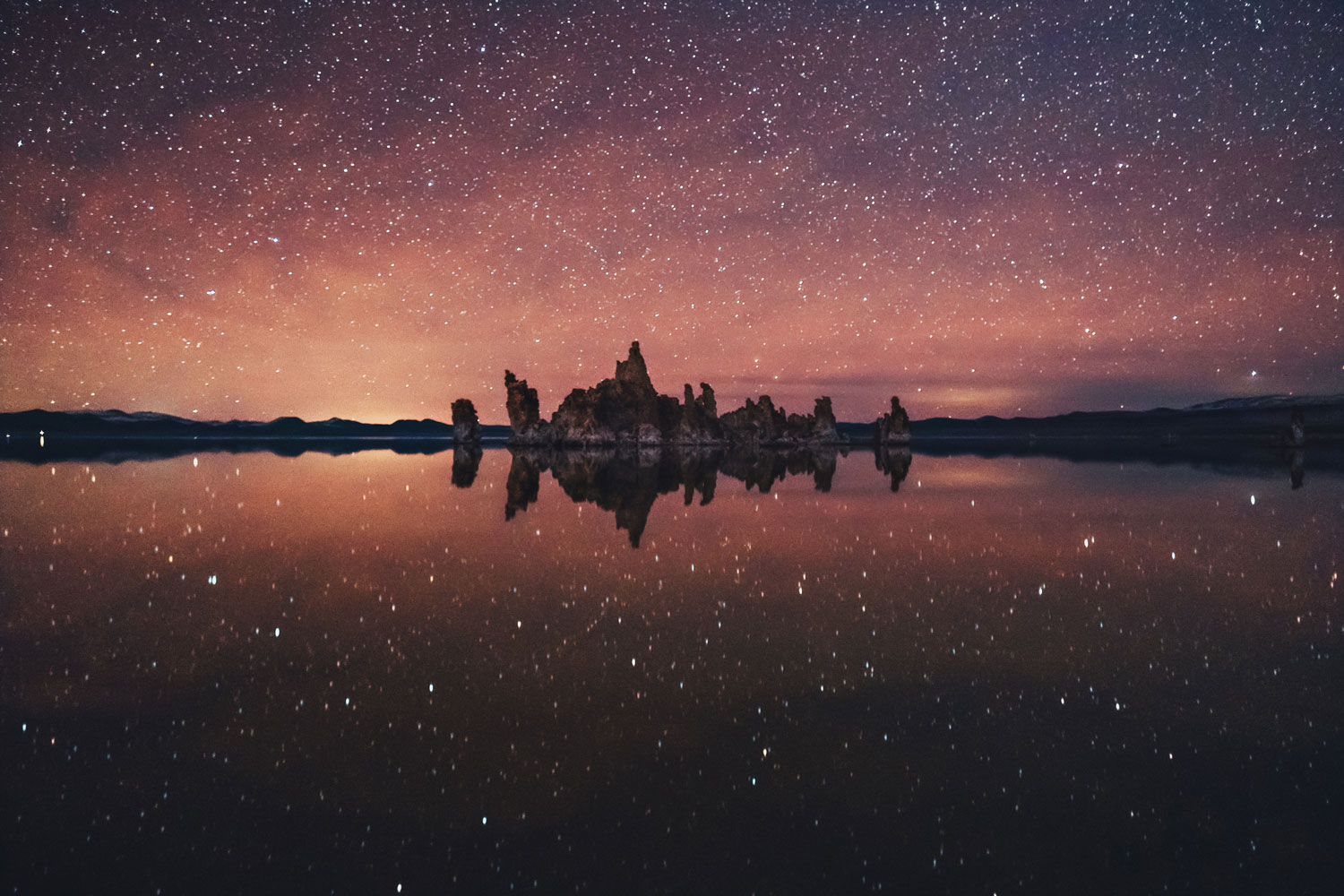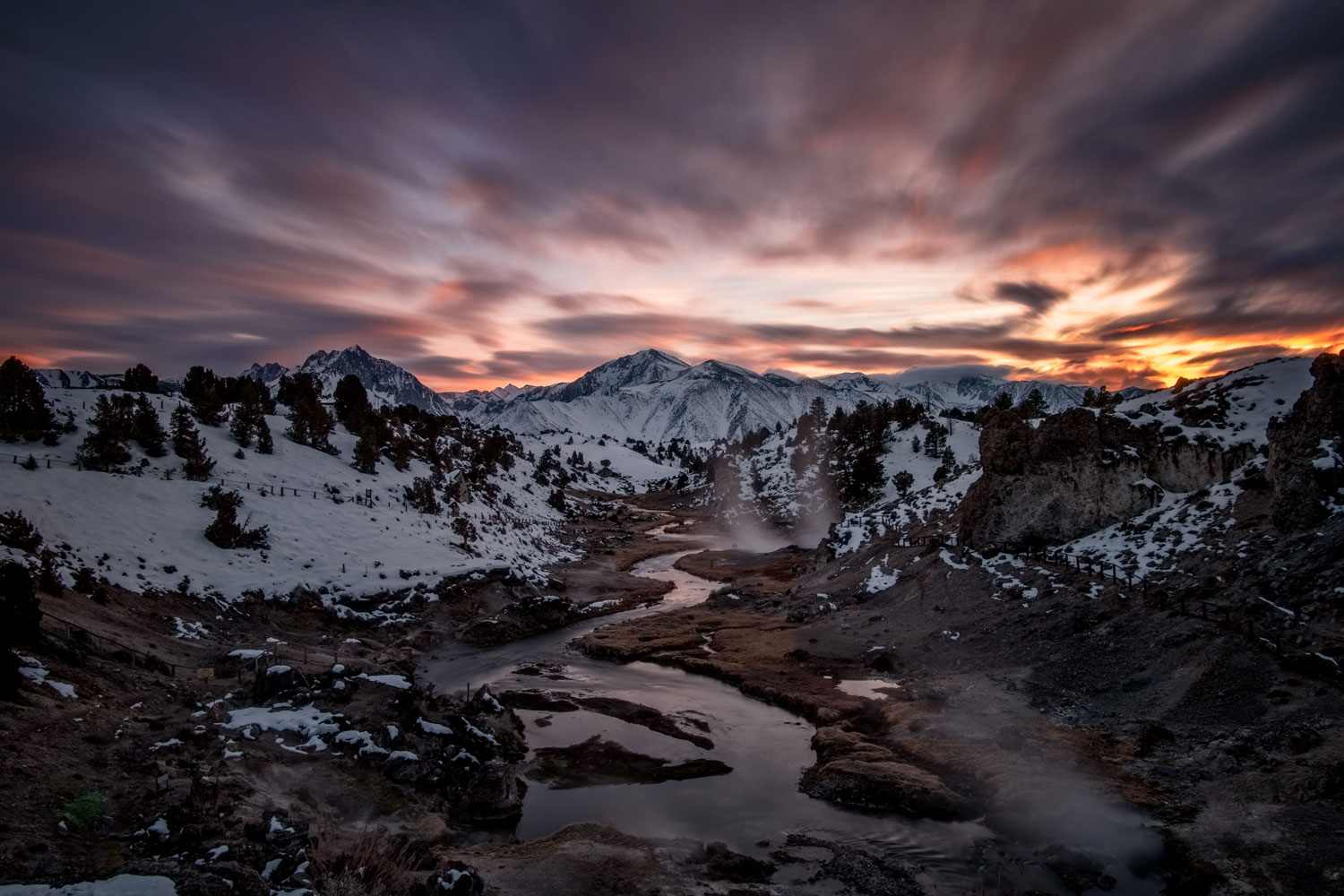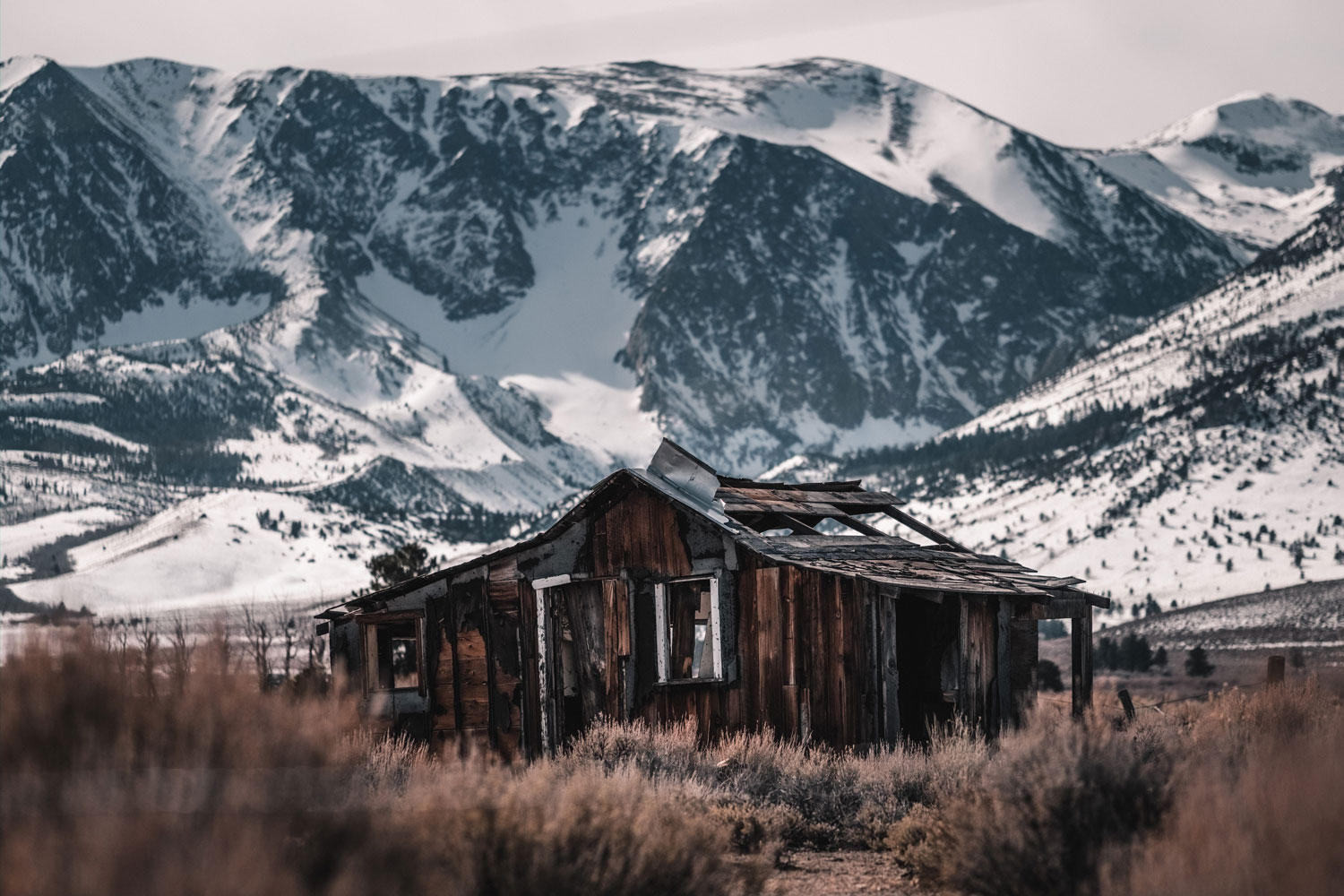Update: With excellent tech and a great design, the X-T30 is the best bargain in cameras right now. To find out why, read our full Fujifilm X-T30 review.
The Fujifilm X-T3 was one of our favorite cameras of 2018, but even while it offered fair value for the money, its $1,500 price tag kept Fujifilm’s latest tech out of reach for many aspiring photographers. But just six months later, Fujifilm has found a way to repackage most of that tech into a significantly more affordable camera: The X-T30, starting at $899, arriving in March.
Like the X-T20 was to the X-T2, the X-T30 can be thought of as a downscaled and simplified X-T3. Built around the same 26-megapixel, backside-illuminated APS-C sensor and quad-core X-Processor 4, it should offer identical image quality. It also features many autofocus and continuous shooting speed improvements inherited from its larger sibling, including phase-detection points that cover 100-percent of the frame and a burst rate of up to 30 frames per second when using the electronic shutter or 10 fps with the mechanical shutter.
While the X-T20 already offered 4K video, the X-T30 turns it up a notch into professional territory by allowing 10-bit 4:2:2 output over HDMI into an external recorder — it even offers the F-Log profile for capturing more dynamic range. Unlike the X-T3, however, it doesn’t offer 10-bit internal recording, a 400 megabit-per-second codec, or a headphone jack (although, the USB-C port can provide a digital audio signal). Still, it can record both Ultra HD (3,840 x 2,160) and DCI (4,096 x 2,160) resolutions at up to 30 frames per second and 200Mbps internally, along with Full HD 1080p up to 120 fps for slow motion — not too shabby at all for a sub-$1,000 camera.
The samples below, shot by landscape photographer Bryan Minear and provided by Fujifilm, show the X-T30’s photographic capabilities.
So where does the X-T30 make cuts in order to hit that price point? Most of it comes in terms of its physical design. Compared to the the X-T3, it lacks weather sealing and dual card slots, and the smaller viewfinder offers just 2.36 million pixels instead of the 3.69 million in the X-T3. It’s also down on direct-access control with fewer buttons overall. Interestingly, it does inherent the focus point selector joystick from the X-T3, but it’s a replacement rather than an addition to the X-T20’s four-way button cluster. Having both would have been ideal, but it seems physical control is how Fujifilm is separating its high and low-end product lines.
On the plus side, all of this means the X-T30 weighs just 13.5 ounces — more than 5 ounces lighter than the X-T3.
The X-T30 will be available in three colors (black, silver, and charcoal-silver) and three configurations: Body-only ($899), with 15-45mm lens ($999), or with the more advanced 18-55mm f/2.8-4 lens ($1,299). Note that the charcoal-silver option will be available in June.
XF 16mm F2.8 wide-angle lens
Fujifilm also unveiled a new compact wide-angle lens alongside the X-T30. The XF 16mm F2.8R WR weighs just 5.4 ounces yet is still sealed against dust and moisture. At just $400, it is also a much more affordable alternative to the existing XF 16mm F1.4R WR, which carries an MSPR of $999, although its f/2.8 aperture is a full 2 stops slower.
Fujifilm says the lens is designed for edge-to-edge sharpness and offers quiet and fast autofocus thanks to an internal stepper motor. It also uses nine rounded aperture blades for more natural out-of-focus blur. The black version of the lens will be available in March, while the silver will arrive in May.
Editors' Recommendations
- Fujifilm X-T4 vs. Fujifilm X-Pro3: A difference in form and function
- RAW power: Fujifilm brings RAW video to medium-format GFX 100 — and a new lens
- The Fujifilm X-T4 looks flawless. Is it the perfect camera?
- Fujifilm X-T3 vs. Sony A6600: Flagship APS-C mirrorless cameras compared
